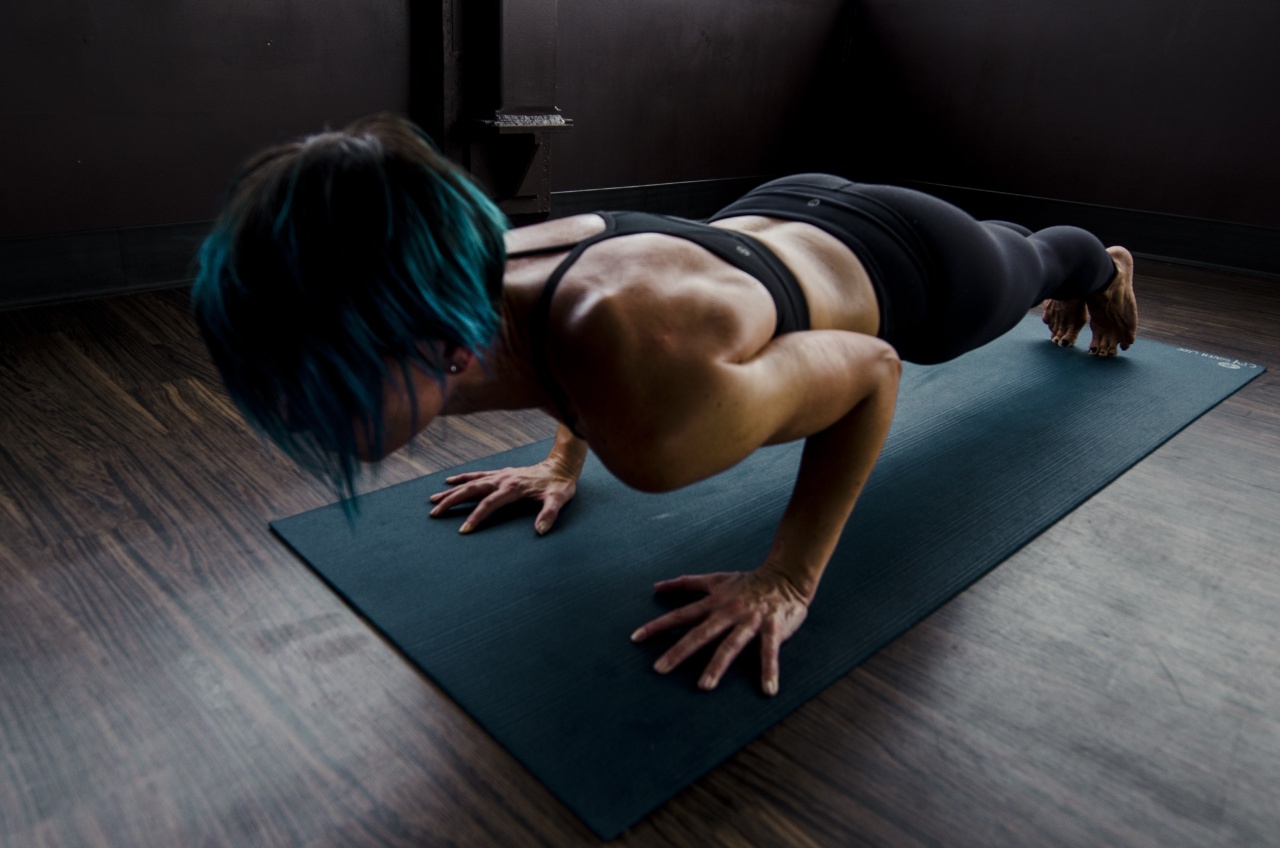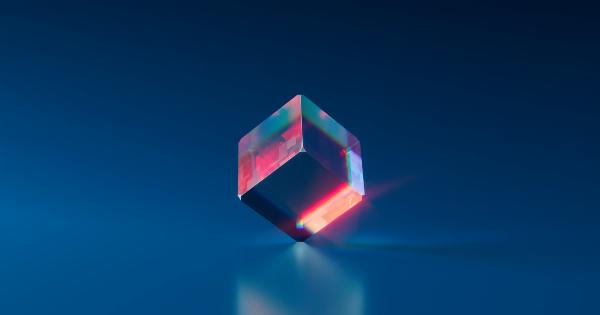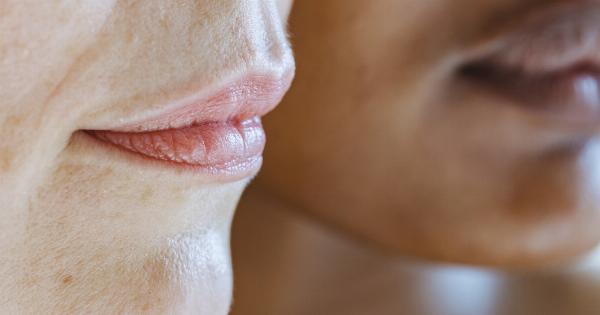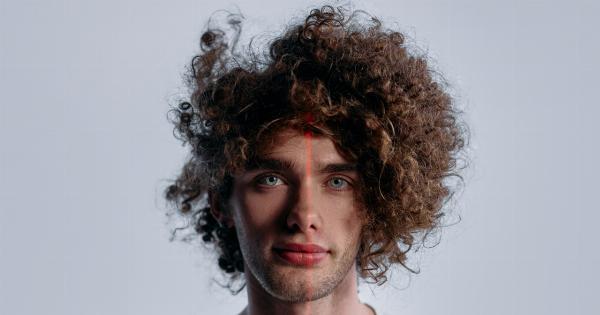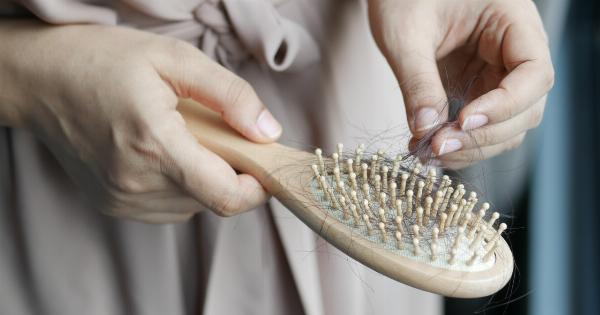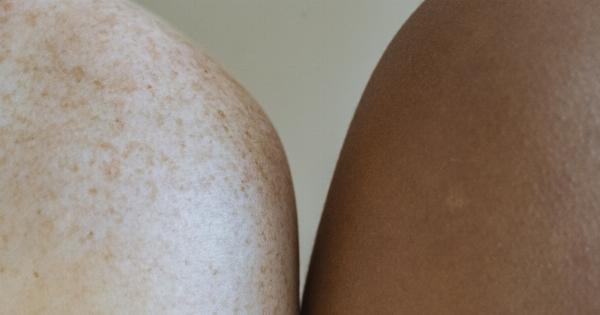Unwanted hair growth can be a nuisance that often leads many people to seek hair removal solutions. However, professional hair removal procedures are not always accessible, affordable, or convenient.
Fortunately, there are various at-home hair removal methods that can be adopted to maintain smooth and flawless skin. If you are considering any of these methods, it is essential to know which ones will work best for you. In this article, we provide expert advice on at-home hair removal for flawless skin.
1. Shaving
Shaving is a popular and easy at-home hair removal method that you can do regularly. It is most common to shave hair from the face, legs, arms, and underarms. You can use disposable razors or electric shavers for convenience.
To avoid irritation and cuts, it is best to shave when the skin is moist, using shaving cream or soap. Always use a sharp blade and avoid going over the same area multiple times.
2. Waxing
Waxing is a method that removes hair from the root. It is most common to wax hair in the bikini area, legs, arms, and underarms. Waxing can be done at home using wax strips that are applied to the skin and pulled off quickly.
Some people use hot wax that is heated and applied to the skin with a spatula. The wax is then removed with a strip or allowed to cool and peeled off. It is essential to prepare the skin by exfoliating and avoiding sun exposure before waxing.
Waxing can cause some discomfort and redness, but the results can last longer than shaving.
3. Depilatory creams
Depilatory creams are substances that dissolve hair at the skin’s surface. They can be found in the form of lotions, gels, or sprays.
These products contain chemicals that break down hair proteins, making it easier to remove the hair with a gentle wipe. These creams are most commonly used on legs, arms, and underarms. However, it is crucial to follow instructions carefully, as these products can cause skin irritation or allergic reactions. Avoid using depilatory creams on the genital area or face.
4. Sugaring
Sugaring is a hair removal method that originated in the Middle East. It uses a mixture of sugar, water, and lemon juice to create a paste that is spread over the skin. The paste is then removed with a strip of cloth.
Sugaring is effective in removing hair from the face, legs, arms, and underarms. The paste is less likely to cause irritation or redness because it does not stick to the skin, only the hair. Sugaring has similar results to waxing, but the paste is gentler on the skin.
5. Epilators
An epilator is a device that removes hair from the root using several tiny tweezers. This device is effective for hair removal on the face, legs, and underarms.
It is important to have the skin cleaned and exfoliated before using an epilator to avoid ingrown hair or skin irritation. Epilators can be painful at first, but many users report getting used to it after several uses.
6. Laser hair removal
Laser hair removal is a permanent solution to hair growth. Although it can be done at home, it is best to consult with a professional. It uses a laser that targets hair follicles, destroying them to prevent hair growth.
Laser hair removal can be done on any part of the body, but it is most commonly used on the face, bikini area, legs, and underarms. The results are permanent, but it may require multiple sessions to complete the process. It is essential to follow instructions carefully to avoid any skin damage or burns.
7. IPL Hair Removal
Intense Pulsed Light, or IPL, hair removal works similarly to laser hair removal. It emits a light that targets hair follicles, destroying them to prevent hair growth. IPL hair removal can be done at home using an at-home IPL device.
However, it is essential to choose a device that is suitable for your skin tone, hair color, and texture. Otherwise, it may cause burns, scars, or not work at all. The results of IPL hair removal are permanent, and it may require multiple sessions.
8. Electric Tweezers
Electric tweezers work similarly to epilators, but they use a single tweezer that grasps and removes hair from the root. The device is effective for removing hair from the face, eyebrows, and upper lip.
It is important to have the skin cleaned and exfoliated before using electric tweezers to avoid ingrown hair or skin irritation. The results may last several weeks.
9. Threading
Threading is an ancient method of hair removal that originated in the Middle East and South Asia. It involves using a long, twisted thread to wrap around hairs and pull them out by the root.
Threading is effective for removing hair from the face, eyebrows, and upper lip. It is important to have the skin cleaned and exfoliated before threading to avoid ingrown hair or skin irritation. Threading is less painful than waxing or epilating but requires more skill and practice.
10. Dermaplaning
Dermaplaning is a method that uses a scalpel or a sharp blade to remove fine hair and dead skin cells from the face. The blade is gently scraped across the skin, removing the top layer of skin and any unwanted hair.
Dermaplaning can be done at home, but it is best to seek professional help for the first time. It is important to avoid sun exposure and use sunscreen after dermaplaning to protect the skin. The results are temporary but leave the skin smooth and glowing.
